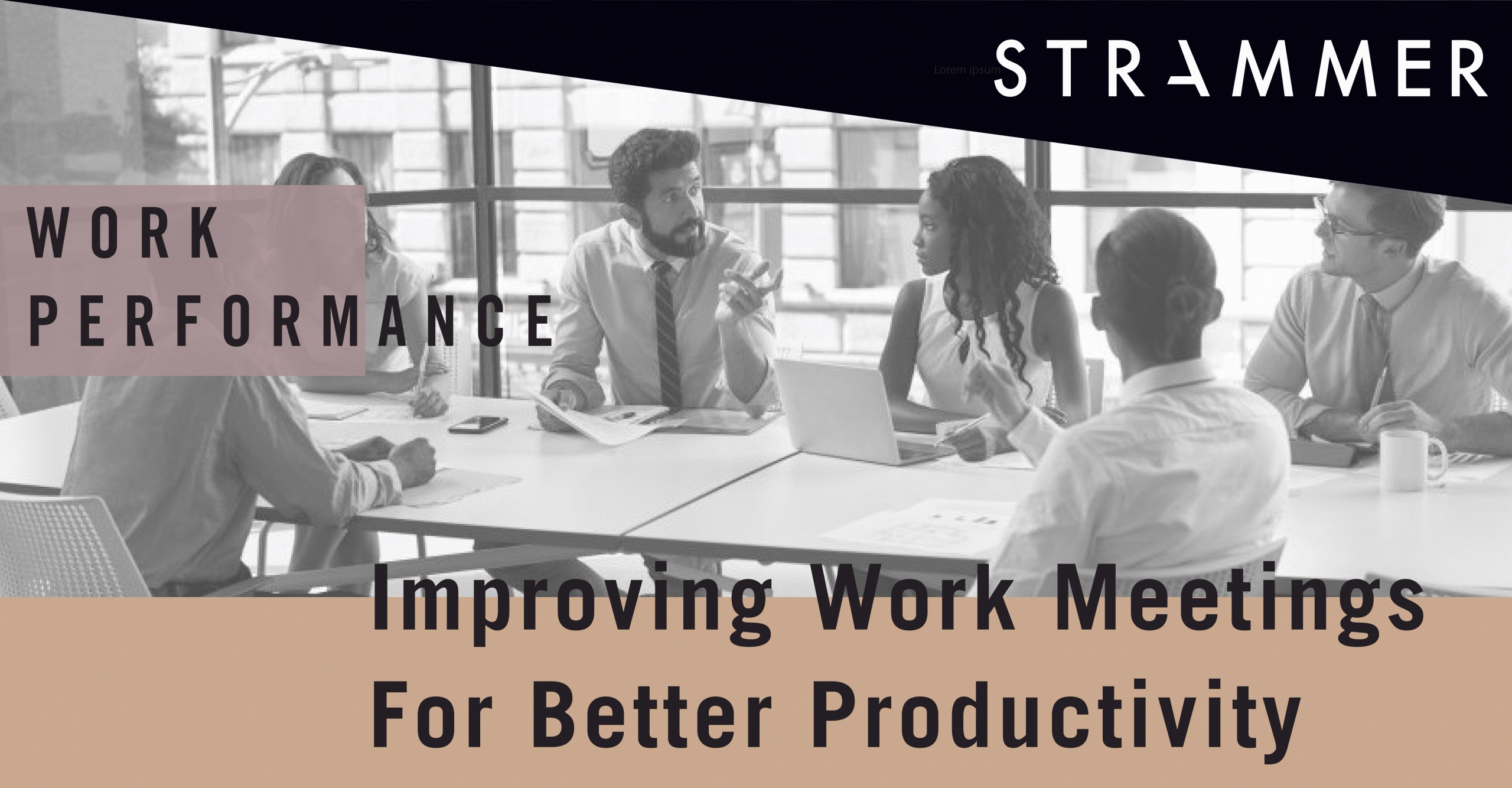How to improve work meetings
Meetings are a practical way to allow employees to work together, share progress, ideas and connect with each other. They can be formal or informal and happen face-to-face or through electronic devices (phone, computers, etc). Business meetings can be extremely effective, however, when they are not properly run, they can be inefficient and a waste of time.
In fact, a 2017 Harvard Business Review study showed that 70% of managers stated that meetings are “unproductive and inefficient” because they stop them from doing their work. Other Microsoft research has demonstrated that work meetings are one of the things that most waste workers’ time. These studies clearly show how urgent it is to find strategies to improve meetings. Thus, companies, the workforce, managers, and leaders need to work to ensure they are successful.
First, it is important that meetings are purpose focused, direct and factual. They must follow a plan, with all the important points that need to be discussed. This plan needs to be shared with all meeting participants. The main problem, is that a lot of times, workers get off-topic and lose focus. This does not help employees with their work/tasks and only waste their time.
However, more than focused meetings, it is essential that they are scheduled so that employees have time to prepare them. Thus, participants should book an hour to start and finish. This way, employees will organise and prioritise the discussion, since they only have this moment to work on it. In addition, it is important to remember that if meetings are taking too long, breaks are fundamental to allow employees to rest.
Moreover, only attendees who can have a contribution to the subject being discussed, i.e. employees working on it or those who can help, should be invited. This will prevent others from wasting time. Also, when there are too many participants, it is difficult to let everyone contribute in the meeting. However, it allows people to share ideas/suggestions, which makes them more engaged and less likely to be distracted so, it is important than everyone present at the meeting can contribute.
So far, we have discussed how to properly run meetings, but it is also very important to know how to assess whether meetings are necessary. There are other ways that allow employees to work together, without the need to meet in person and that can be equally effective and timesaving. For instance, some tools let workers share and work on the same document in real-time. This way, no one needs to meet to make corrections or give feedback. Video conferences, calls, chats or even emails are efficient ways to communicate with others quickly and without the need to be in the same place. Nevertheless, it is important to remember that some situations/problems are resolved more quickly and efficiently face-to-face.
Regardless of whether meetings take place face-to-face or through electronic devices, it is crucial that the next steps are discussed. This means delegating tasks, setting deadlines, deciding when the next meeting will be held, etc. All things considered, work meetings are crucial to working effectively.
References:
- How to Run a More Effective Meeting, The New York Times
- The Secret To Better Meetings, July 2018, Forbes
- 5 tips to improve small business meetings, August 2019, Microsoft





